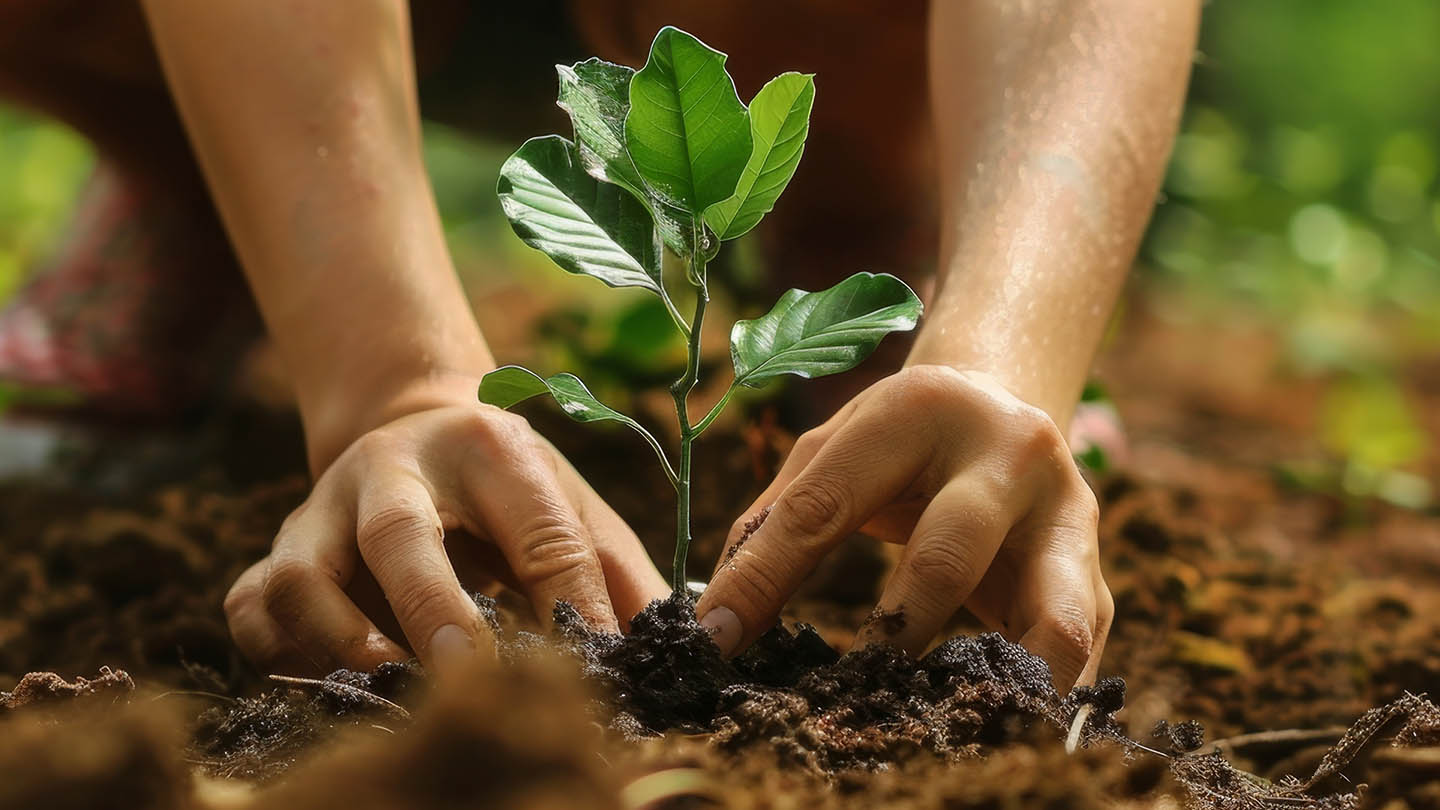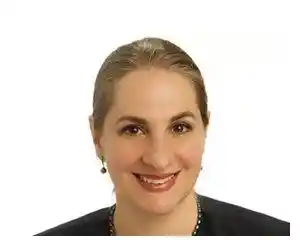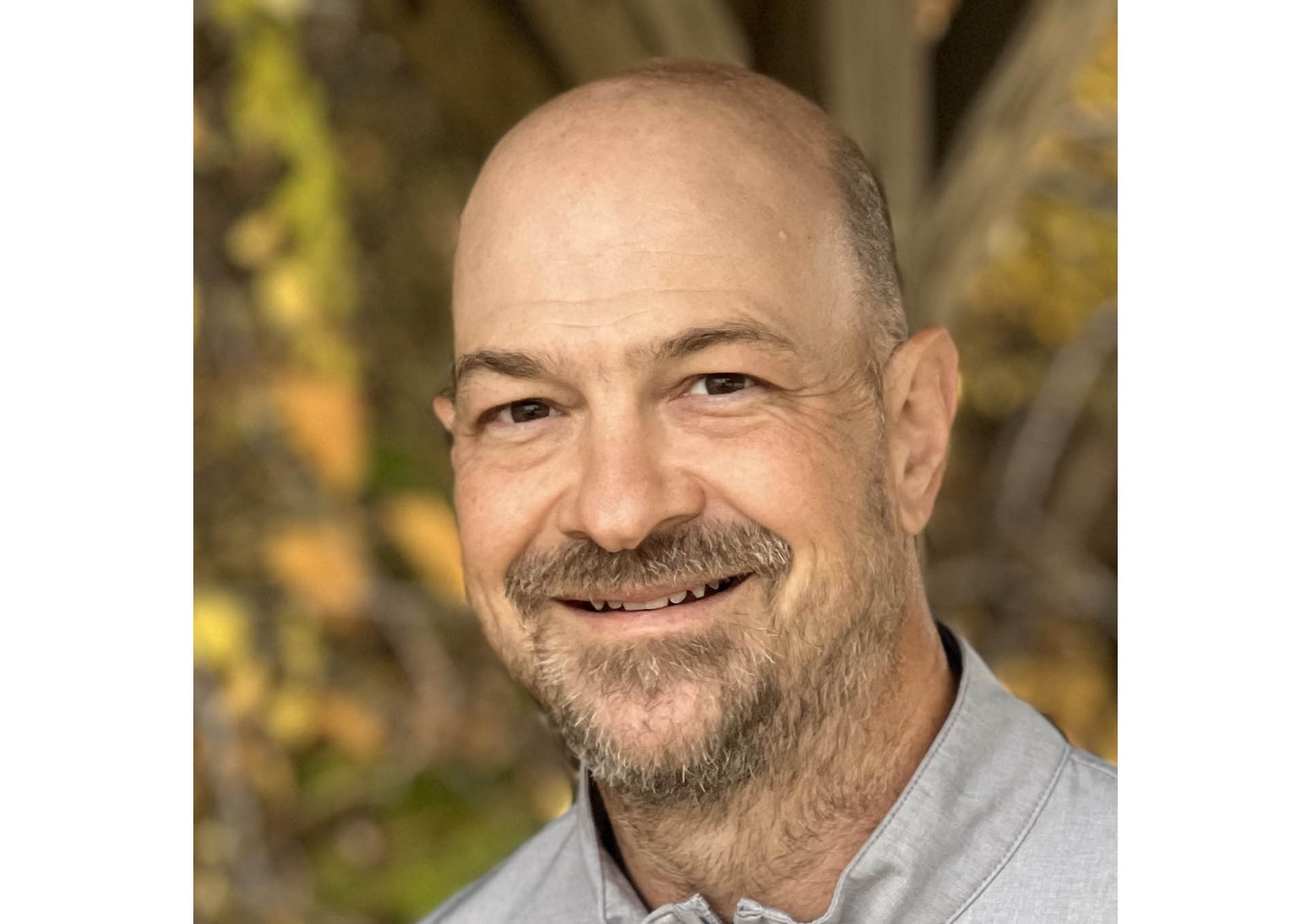What Are Languages 4? Blog
The Xaxli’p Forest Regeneration Incorporates Community Values and Language

July 24th, 2024
The Xaxli’p Forest Regeneration Incorporates Community Values and Language
In the lush landscapes of British Columbia, Canada, the Xaxli'p First Nation community, one of eleven Indigenous communities that make up the larger St'át'imc Nation, holds a profound relationship with their environment, asserting their ways of forest management to sustain their cultural and ecological heritage. This article explores how traditional Xaxli'p forest regeneration practices are being revived through community-driven initiatives to maintain and restore intact habitats and healthy ecosystems through mapping and use planning of their territory, influencing negotiations with the B.C. Ministry of Forests, and through preservation of the St'át'imc language, which ties the land, people, and language together.
Traditional Xaxli'p Forest Regeneration
The Xaxli'p community has long been stewards of their ancestral lands, utilizing traditional knowledge to manage and protect the forests and food systems. This deep connection to the land is evident in their sustainable practices, which emphasize the protection of sensitive ecological and cultural resources like xusum (soapberries), deer, and moose. Intense pressures from industrial forestry, mining, and other development interests have threatened the forest systems. Through intensive community mapping of unceded ancestral lands and planning, the Xaxli'p established a Community Forest Agreement, influencing policy and increasing community control over forest management.
Sustainable Practices:
Cultural Significance and Language Revitalization
Forest regeneration is deeply intertwined with Xaxli'p cultural identity and language. The Xaxli'p word for land, Tmixw, reflects a holistic view of the land, people, and language as interconnected. Úxwalmixw means "people of the land." Xaxli'p elders emphasize that you damage all if you damage one part of the three. *
Integrating Ecosystem Knowledge into Education
Integrating traditional ecological knowledge into educational systems serves as a bridge between generations. For the Xaxli'p, this includes understanding the relationships between soil, water, and plant life, expressed through their language and stories. Language programs incorporating these elements would teach vocabulary and connect students to their environmental heritage, promoting sustainability and respect for the land.
Forest Regeneration: A Profound Example of Land-Based Education
Land-based education, often described as "on-the-land" learning, profoundly resonates with the practices and cultural teachings of the Xaxli'p. This educational approach, emphasizing a deep connection to the land and its resources, perfectly exemplifies Xaxli'p's forest regeneration practices. These practices are about managing forests and nurturing a connection to the land that supports spiritual, cultural, and community well-being.
As land-based education seeks to integrate Indigenous knowledge systems into learning experiences, specific stories like how the Xaxli'p community uses forest regeneration to teach younger generations about their history, language, and traditions inspire curriculum. The forests serve as living classrooms where the land becomes a teacher—illustrating lessons on ecology, botany, and the ethics of care and respect for the environment.
By restoring traditional forest management practices, which are culturally and historically significant, educators and community leaders can provide a tangible experience of land-based education. This approach aligns with the broader goals of Language 4 projects, which aim to engage learners with Indigenous thought systems and reconnect them with their ancestral lands. The work in these forests embodies the scaffolded immersion pedagogy by breaking down complex ecological and linguistic concepts into manageable, engaging learning activities that progress from essential vocabulary acquisition to more integrated dialogues about cultural and environmental stewardship.
By incorporating these traditional forest regeneration practices into the curriculum, educators ensure that the language and teachings passed down through generations are preserved and adapted to meet modern challenges, reinforcing the community's identity and continuity.
Challenges and Opportunities
The challenges facing the restoration of traditional practices are significant, from climate change impacting forest health to the need for educational resources that accurately represent Indigenous ecological knowledge. However, the work of the Xaxli'p community and collaborations with various organizations present opportunities to overcome these obstacles. Through their efforts, traditional forest management practices preserve biodiversity and serve as a living classroom for youth.
Mission of Languages 4
Languages 4 is dedicated to supporting Indigenous language preservation and revitalization efforts. By integrating traditional ecological knowledge into language education, Languages 4 aims to create immersive learning experiences that connect students to their cultural and environmental heritage, promoting sustainability and respect for Indigenous knowledge systems.
Conclusion
As we look to the future, integrating traditional practices into language and cultural education can enrich learning experiences, preserve biodiversity, and strengthen community resilience. The forests of the Xaxli'p territory, with their deep roots and resilient nature, symbolize the Xaxli'p people's enduring connection to their land and culture, offering lessons of the past to nourish future generations.
Drawing on these rich examples of Indigenous ecological wisdom, we can create more holistic and impactful language education programs that honor and preserve the deep connections between people, land, and language.
Community Feedback: The Heart of Our Journey
The positive feedback from Indigenous communities and organizations affirms our approach and fuels our commitment to being trustworthy partners in language reclamation. However, any and all feedback is requested to ensure that we are continuously learning and growing to accomplish our mission and goals.
References:
(1)Diver, Sibyl, et al. “Recognizing ‘Reciprocal Relations’ to Restore Community Access to Land and Water.” International Journal of the Commons, vol. 13, no. 1, 2019, pp. 400–29. JSTOR, https://www.jstor.org/stable/26632726.
(2) Mission Statement — Xaxli'p Community Forest (xaxlipcommunityforest.ca)
Connect With Us
Follow our journey, share your thoughts, and participate in the conversation. Let's keep languages vibrant together.
Languages 4™ is more than a tool; it's a partner in the mission of preserving and revitalizing Indigenous languages. We invite reach out to us explore how our platform can support your language teaching goals. [Join the Conversation 📩 Subscribe to our Newsletter ] and take a step towards sustaining the rich heritage of Indigenous languages.

Lorelei O'Hagan
Director of Community Outreach, Languages 4
Ready to embark on this transformative linguistic journey? Dive in and experience the confluence of tradition and innovation as we reimagine the future of Indigenous language learning.
[Join the Conversation 📩 Subscribe to our Newsletter ]
